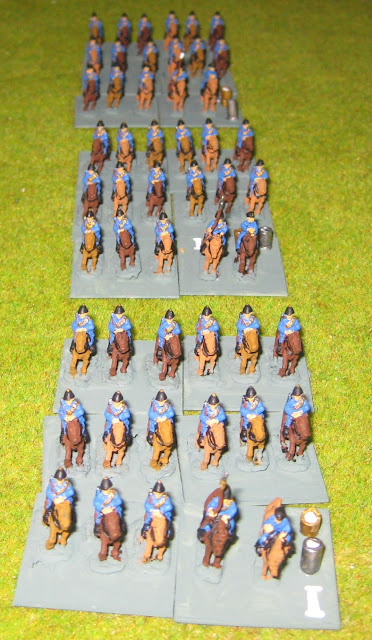 |
| A map of Melbourne in 1885 |
The Victorian PM held a conference with his generals and scientists and they worked out a list of the army’s requirements. They needed:
A force of aerial ships each capable of carrying a company of soldiers or a squadron of cavalry or a battery of artillery.
Heavy assault vehicles for attacking forts and towns
Armoured infantry to support the assault vehicles.
Gatling guns of the latest types.
These supported by their regular infantry and cavalry would secure them.
This force would be capable of travelling the vast distances of Australia and conquering them. The infantry will hold the captured towns and cities while the aerial ships would return to Melbourne for reinforcements and operate as a reserve against any aggressor.
The scientists got to work while the generals intensified the training of the troops. The Victorian PM was able to promise plenty of gold and with this they were able to purchase the Gatling guns, rifles and other weapons they needed plus a plentiful supply of anti-gravitarium and radium.
As the war drums beat in Europe, some of its more farsighted citizens decided that the best place to be would be at the other end of the planet. Each ship docking in Melbourne’s Port Phillip Bay bought more and more migrants, those with only the shirts on their backs or a little money looking to the goldfields and those with skills and capital starting businesses. Many chose Victoria because it was that little bit further away and the city did not have a history of being a penal colony, as did Sydney or Hobart. Also, the Victorian Grand Exposition of 1880 had shown off the ability and resources of Melbourne and the state of Victoria and had impressed many people in Europe.
These new immigrants gave Victoria the manpower and the capital it needed to expand its army.
One year after the first conference the scientists, engineers and generals were able to display the fruits of their labour to the Victorian Cabinet at Melbourne’s Victoria Barracks parade ground and testing area.
 |
| Melbourne Victoria Barracks |
 |
| The Barracks with the parade ground behind - soon to be the scene of an incredible display. |
Aerials with radium engines capable of travelling 1,000 miles before refueling and able to fly at up to 100 miles an hour!
Essendon Armoury Magnetic Mobile Units EAMMU’s the emus are capable of moving at 10 miles per hour over rough ground and are armoured against rifle and machine gun bullets.
Armoured vests and helmets for heavy infantry, protecting them from head to ankle from rifle bullets and artillery shrapnel
The Cabinet was stunned by the ingenuity of the weapons and their fearsome abilities.
 |
| The Victorian Army on the Parade ground |
 |
| A close up of the five Infantry battalions |
 |
| The Victorian Artillery and Gatling Guns - two commanders in the background |
 |
| The Victorian Mounted Rifles |
 |
| The EAMMUS - emus to the troops |
 |
| The Victorian Armoured Infantry battalion - Commanded by Colonel Kelly. |
 |
| A Victorian Infantry Battalion - smaller than its NSW rival but still twice as good |


No comments:
Post a Comment